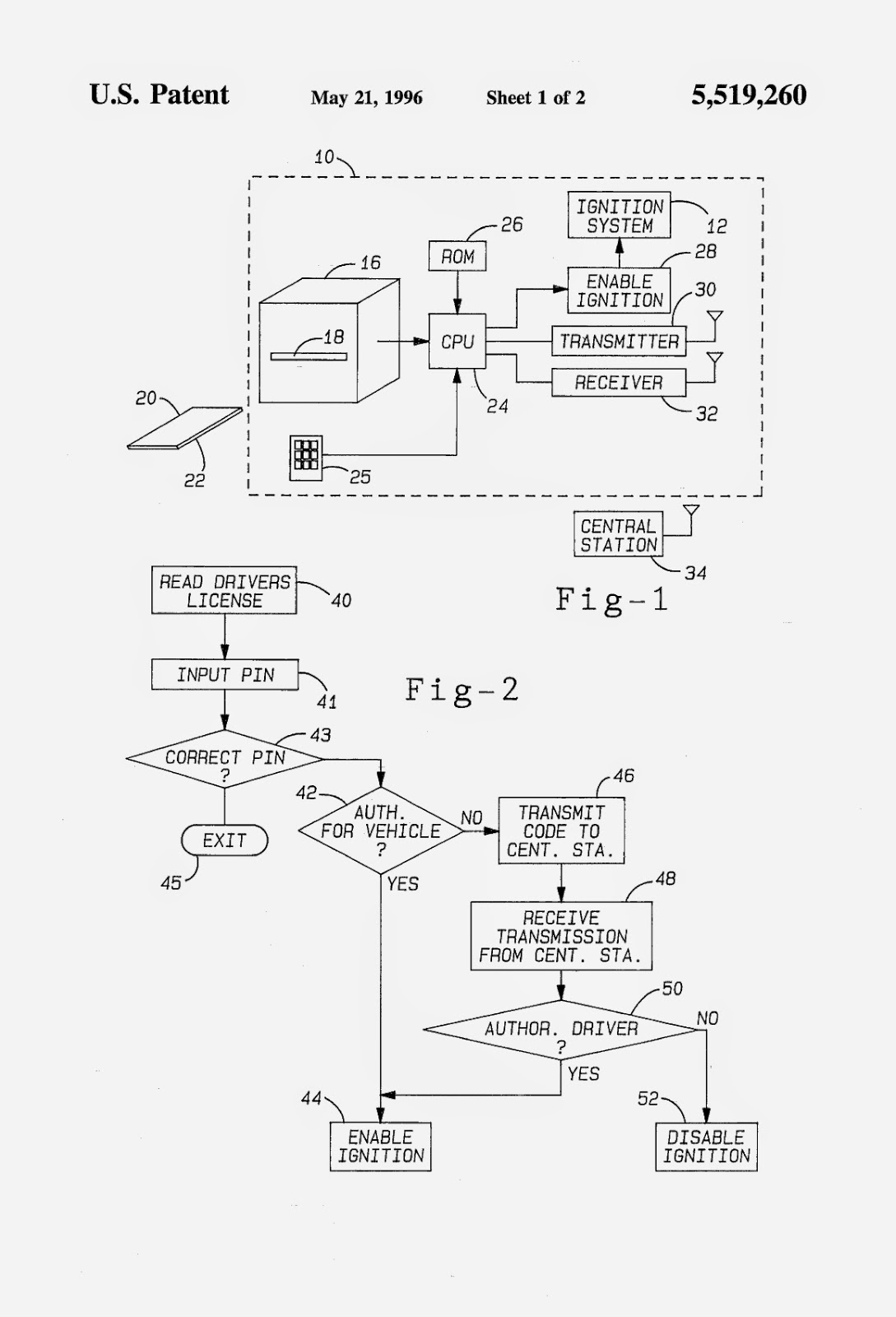In 2010, John R. Quain, writing in
the New York Times, summarized recent
developments in auto theft technology this way: “Technology is getting better,
professional car thieves have stepped up their game, too, meaning that some
tracking systems may be better than others.”2
Without question, technology has had
an impact on the decline of theft rates experienced since 2005. But that said,
a theft still occurs every 33 seconds in the US, and losses remain high--$8.4
billion in 2008. In 2012 stolen cars in the US totaled approximately 770,000
units. If one placed these cars bumper to bumper, the assemblage would extend
from New York City to Phoenix! And while the joy rider is nearly extinct,
professionals continue to thrive, as current recovery rates are at the
alarmingly low level of less than 50 percent. Since 9/11/2001, the United
States has prioritized its border efforts far more on examining what comes into
the country rather than watching what might go out. Consequently, with law
enforcement and customs officials stretched thin, ethnic gangs flourish in the
hot car export markets. Coupled with a high level of insurance fraud activities
and vehicle cloning rings, authorities have more than they can handle, given
personnel and funding cutbacks.
One deterrent has been General
Motors’ OnStar, installed in a growing number of vehicles. OnStar is mainly
known as a motorist response system for emergencies or accidents. But it also
has its own vehicle recovery program, in which the victim of a car theft calls
the authorities and OnStar.3 Control center personnel at OnStar then
send out a radio wave that can disable the car by preventing its ignition from
starting, or energizing the car’s lights to flash and horn to honk. OnStar
personnel can remotely make the vehicle come to a gentle stop if it is already
in motion, thus, avoiding a potentially dangerous police chase. But OnStar has
its flaws. For example, until the owner of the boosted vehicle reports the car as
missing, thieves have the time to either strip it or simply disable the equipment.
The Internet is also full of advice, some probably good, some bad, on how one
might defeat the OnStar system. One website instructs a would-be thief to find
the unit under the front passenger seat, and then unplug terminals J1, J2, and
J3, while keeping J4 connected to the unit.4 Another so-called
expert posted the following: “See that little black rectangular box at the
right center top of the windshield? Find the feed wire to it, [then] use a
small wire clipper to ‘interrupt’ communications. Permanently.” For all units
that depend on GPS, just putting the car into an enclosed space serves to
shield the unit from a satellite transmission. But if one wishes to use a more
elegant technological approach, the GPS Jammer may be the tool of choice. The
Jammer 08, available from a Chinese company for $150 on the Internet, prevents
cars and the people in them from being tracked. Its makers claim: “It adopts
the technology of interdiction and interposition code, so it will intercept the
signal of satellite and break it completely.”5
Thieves can counter even some of the
most sophisticated new anti-theft technology devices.6 For instance,
the SD-98 device serves as a remote control unit that can be manipulated so
that keyless door locks can be opened. Essentially, it mimics one’s keyless
door opener. By activating a master remote control to operate a television or
DVD player, the SD-98 auto remote control blocker works on 868, 433, 315, 305,
and 330 MHz. It has four functions--scanning, blocking, jamming, and also
operating if the manufacturers’ code is known, much like the device it is
attempting to replace. It scans for anti-theft device frequencies; when
matched, it opens a vehicle door and consequently does not destroy the lock. It
also can block a remote control signal if there is a key sending such a signal,
and then opens the car. It can also jam or disable a car key. And finally, if
one has a manufacturers’ code, it opens the door directly. It works on Audi,
Alfa, BMW, Bentley, Mercedes-Benz, Citroen, Fiat, General Motors, Honda,
Jaguar, Mazda, Volkswagen, Mitsubishi, Nissan, Peugeot, Renault, Seat, Skoda, and
Toyotato the model year 2010.7And despite the relative effectiveness
of the LoJack and the claim that its strong radio signal is difficult to jam, a
Chinese company currently markets a “LoJack Jammer.”8 Features
of the RMX02 LoJack 4G XM Jammer include the disabling of the LoJack tracker.
The device operates at a range of 5 to 15 meters, and is able to produce
untraceable RF signals.






.jpg)
No comments:
Post a Comment